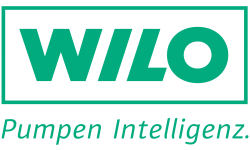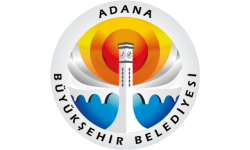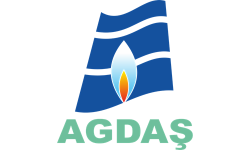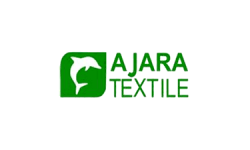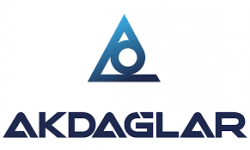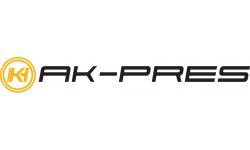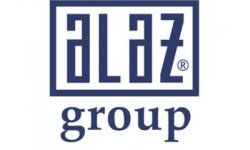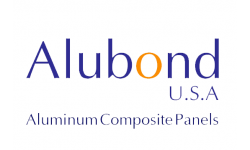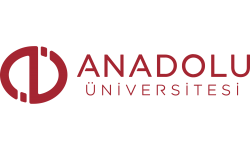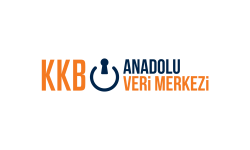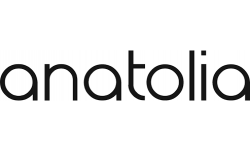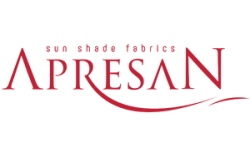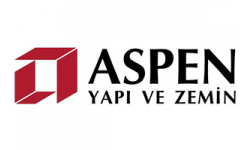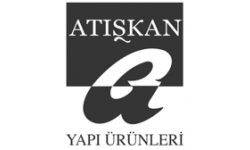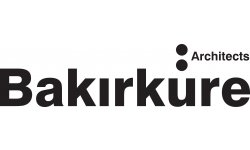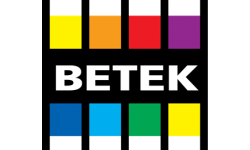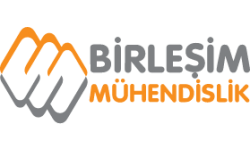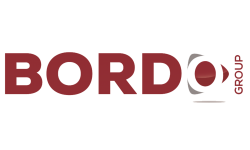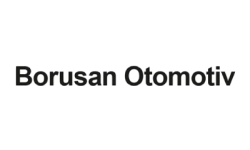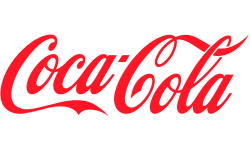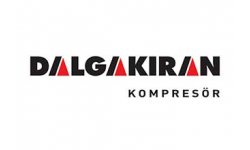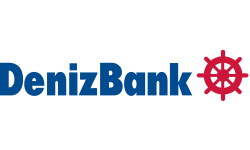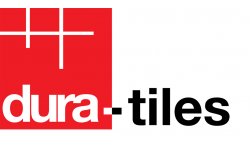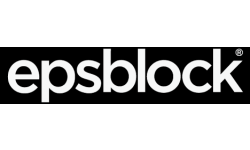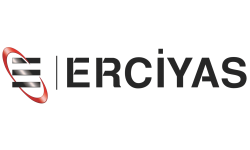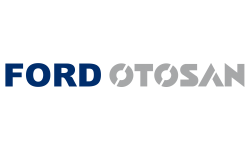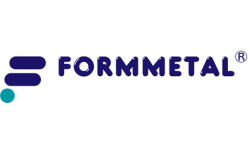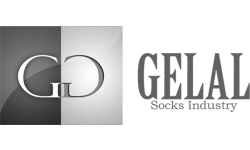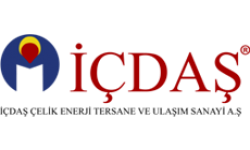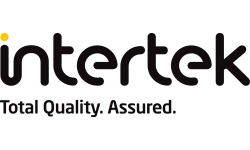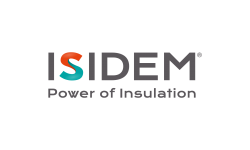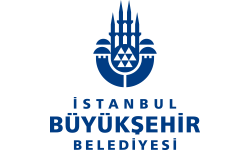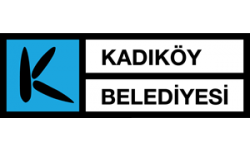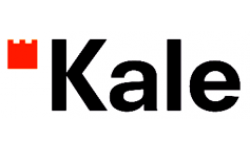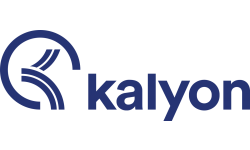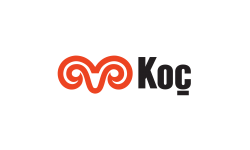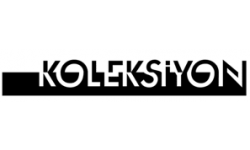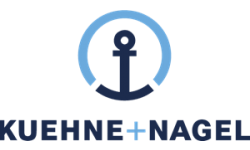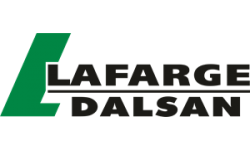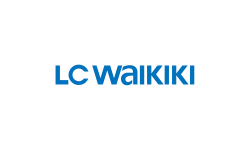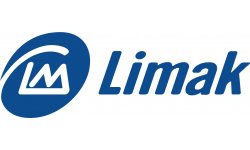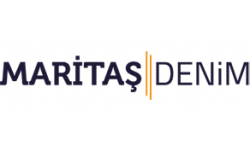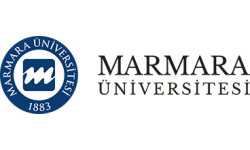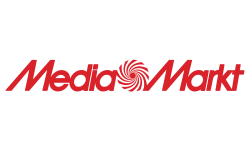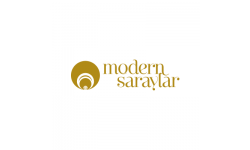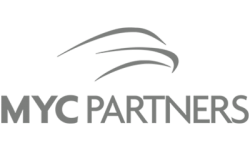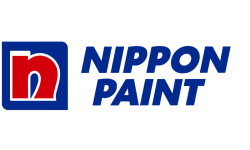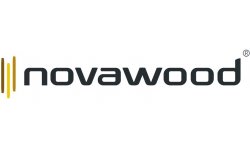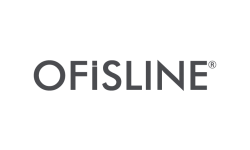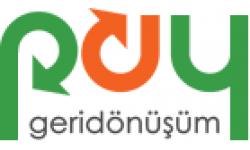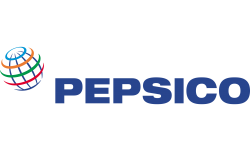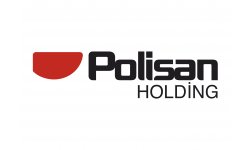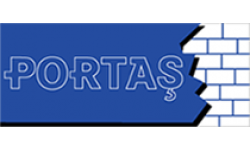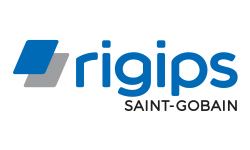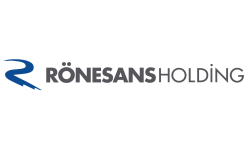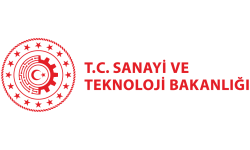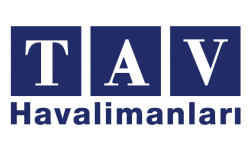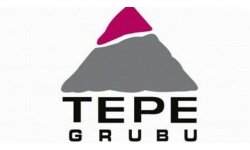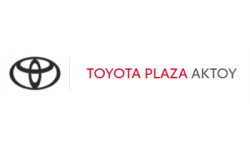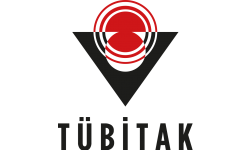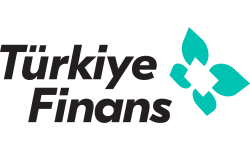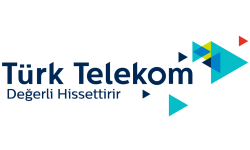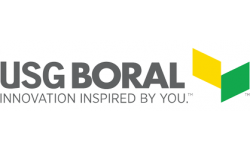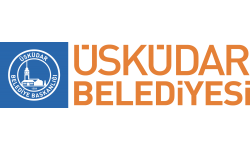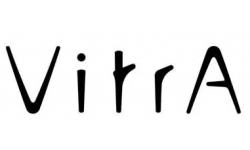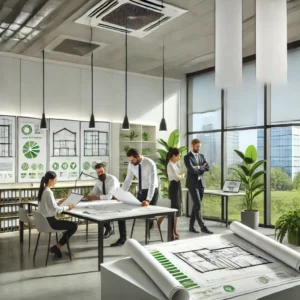
LEED Consultancy
In today’s construction and real estate industry, sustainability is no longer a luxury it’s a necessity. As environmental concerns continue
LEED certification plays a crucial role in promoting sustainable development by setting benchmarks for environmental performance in the construction industry. This certification encourages the use of eco-friendly materials, energy-efficient systems, and sustainable practices that reduce environmental impact. By adopting green building standards, the Kingdom of Saudi Arabia aligns with Vision 2030, fostering a culture of sustainability and innovation in its built environment, and paving the way for a greener future..
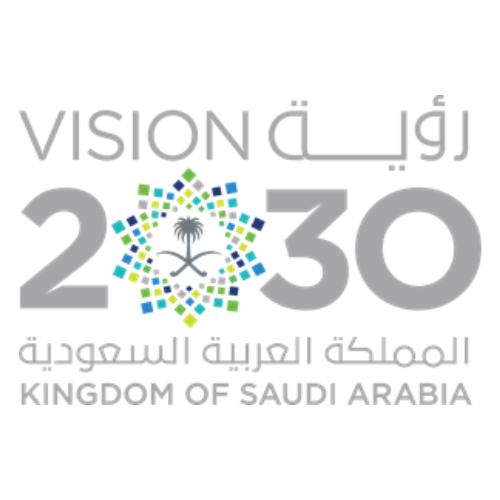
As ERKE, we have completed over 170 LEED Certification projects since 2007.
We offer LEED Consultancy services to mark your buildings Green and applicable in the Green Buildings.
With our 170 Green Building Experiences under our belt, we understand all details on what Green Building Systems requires.
We are here to make your buildings integrated with sustainable practices.
LEED is a certification system that shows the environmental commitment of a Building.
The LEED (Leadership in Energy and Environmental Design) certificate is a globally recognized green building certification system. Developed by the U.S. Green Building Council (USGBC), LEED provides a framework for healthy, efficient, and sustainable building design, construction, operation, and maintenance. Projects earn points across several categories, including energy efficiency, water usage, air quality, and materials selection. The certification levels—Certified, Silver, Gold, and Platinum—reflect the total points achieved, encouraging higher performance standards in environmental responsibility and resource efficiency within the built environment.
Leadership in Energy and Environmental Design (LEED) is a globally recognized green building certification program that sets benchmarks for the design, construction, operation, and maintenance of environmentally responsible buildings. Developed by the U.S. Green Building Council (USGBC), LEED certification is widely regarded as a mark of excellence in sustainable building practices. The importance of LEED certification extends beyond the environmental benefits, impacting economic, social, and health aspects of communities.
The different levels of LEED certification are Certified, Silver, Gold, and Platinum. These levels are achieved by earning points across various categories such as Sustainable Sites, Water Efficiency, Energy and Atmosphere, Materials and Resources, and Indoor Environmental Quality. Projects earn points based on the extent to which they meet LEED criteria for sustainability and efficiency. The more points a project earns, the higher the level of certification. Certified is the entry-level, followed by Silver, Gold, and the highest level, Platinum, which requires the most points.
LEED certification benefits building owners and occupants by enhancing property value and reducing operational costs through energy and water efficiency. It promotes a healthier indoor environment with improved air quality and natural lighting, boosting occupant productivity and satisfaction. LEED-certified buildings often attract higher-quality tenants and can qualify for tax incentives and rebates. Additionally, the certification demonstrates a commitment to sustainability, enhancing the building's marketability and helping owners meet regulatory requirements and corporate sustainability goals. Overall, LEED certification supports long-term financial and environmental benefits.
LEED addresses water efficiency by incorporating strategies to reduce water consumption and promote sustainable water management. This includes implementing low-flow fixtures, water-efficient landscaping, and advanced irrigation systems. LEED certification encourages the use of water-saving technologies and practices to minimize potable water use and improve overall water efficiency. It also promotes the use of alternative water sources, such as rainwater harvesting and greywater recycling. By adopting these measures, LEED-certified buildings can significantly reduce their water footprint, leading to cost savings and a smaller environmental impact.
The most common challenges in achieving LEED certification include meeting stringent energy efficiency and sustainability requirements, which can be costly and complex. Project teams often face difficulties in gathering and managing the extensive documentation required for certification. Integrating sustainable practices into existing building structures can be challenging, particularly in older buildings. Coordination among various stakeholders and addressing unexpected issues during construction or renovation can also pose obstacles. Additionally, maintaining compliance with LEED standards throughout the project lifecycle demands continuous effort and commitment.
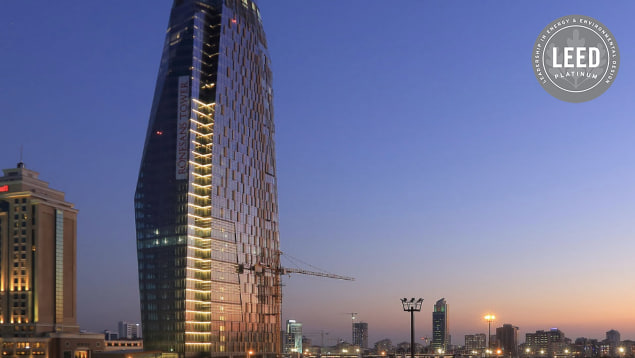
Area: 45.000 m²
Investor: Rönesans Holding
Location: Istanbul, Turkey
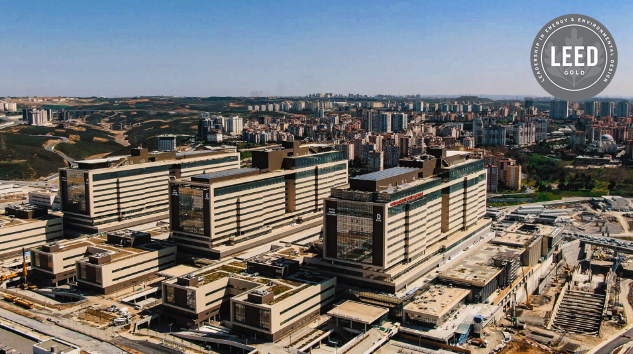
Area: 1.000.000 m²
Investor: Rönesans Holding
Location: Istanbul, Turkey
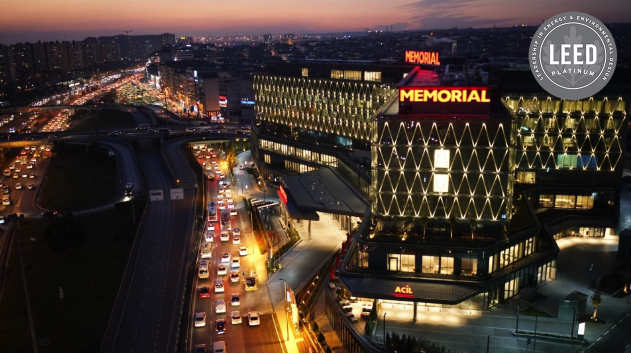
Area: 56.000 m²
Investor: Memorial
Location: Istanbul, Turkey
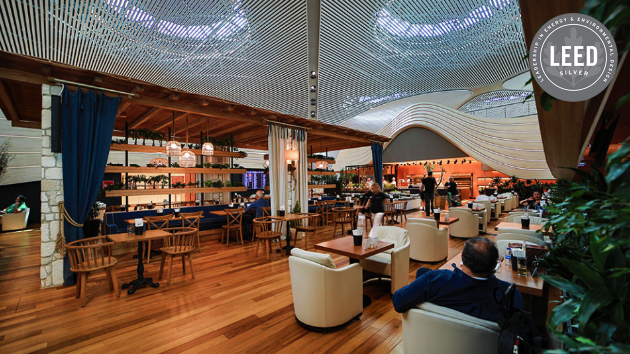
Area: 10.000 m²
Investor: THY
Location: Istanbul, Turkey

In today’s construction and real estate industry, sustainability is no longer a luxury it’s a necessity. As environmental concerns continue
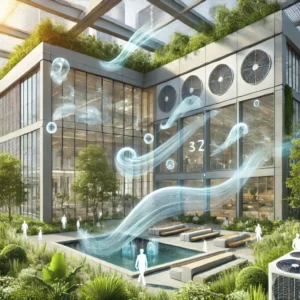
In today’s global market, energy efficiency has become a critical factor for building owners, developers, and sustainability professionals. As industries
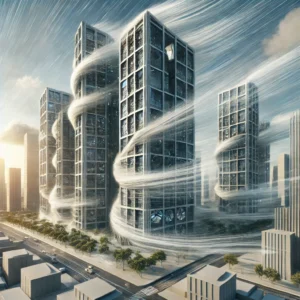
In today’s rapidly evolving construction industry, ensuring structural stability and resilience is a top priority for engineers, architects, and developers.
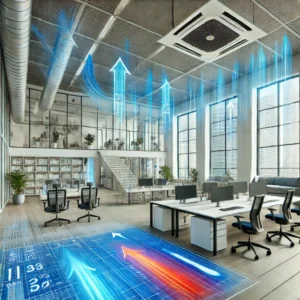
In today’s global market, ensuring occupant comfort has become a key priority for building owners, developers, and sustainability professionals. As
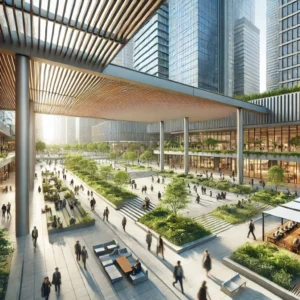
In modern urban planning and sustainable development, pedestrian comfort has emerged as a critical consideration for architects, engineers, and city
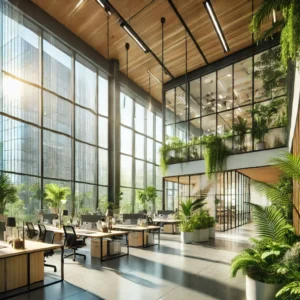
In today’s rapidly evolving construction industry, sustainable design has become a priority for architects, developers, and sustainability professionals. Among the
